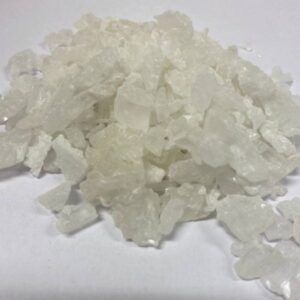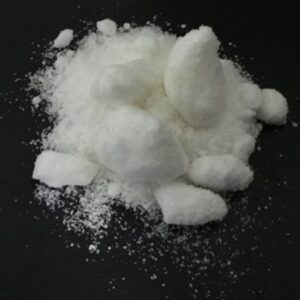CATHINONES
Understanding Cathinones: An In-Depth Guide
Cathinones, a class of psychoactive compounds, have garnered attention for their stimulant effects and their role in both traditional and recreational contexts. This article delves into the origins, effects, legality, and potential risks of cathinones, offering an SEO-friendly resource for readers interested in this fascinating topic.
What Are Cathinones?
Cathinones are naturally occurring compounds found in the leaves of the khat plant (Catha edulis), indigenous to East Africa and the Arabian Peninsula. Known for their stimulating effects, cathinones share structural similarities with amphetamines and have been synthesized into various derivatives for recreational use. Common synthetic cathinones include substances like methcathinone and mephedrone.
Chemical Structure and Properties
Cathinones are beta-keto amphetamines, featuring a ketone group adjacent to the amine group. This structure gives them unique pharmacological properties, distinguishing them from amphetamines while retaining stimulant effects.
History and Traditional Use
The use of khat, which contains natural cathinones, dates back centuries in African and Arabian cultures. Traditionally, khat leaves are chewed for their euphoric and energizing effects, often during social or religious gatherings.
How Cathinones Work: Mechanism of Action
Cathinones primarily influence the central nervous system by increasing the levels of neurotransmitters such as dopamine, serotonin, and norepinephrine. This action results in:
Euphoria
Increased energy
Heightened alertness
Synthetic cathinones, however, can produce more intense and unpredictable effects, depending on their chemical composition.
Common Types of Synthetic Cathinones
Mephedrone (4-MMC): Known for its euphoric and stimulant properties.
Methcathinone: Often referred to as “cat,” with effects similar to methamphetamine.
MDPV (Methylenedioxypyrovalerone): A highly potent stimulant.
Alpha-PVP (“Flakka”): Infamous for its erratic and intense side effects.
Medical and Recreational Use
While natural cathinones from khat are traditionally used, synthetic versions have gained popularity in recreational drug use. They are often marketed as “bath salts” or “plant food,” evading legal restrictions under misleading labels.
Effects of Cathinones
Positive Effects:
Euphoria
Increased sociability
Enhanced focus and energy
Negative Effects:
Anxiety
Paranoia
Cardiovascular strain
Risk of addiction
Legal Status of Cathinones
The legal status of cathinones varies globally:
Natural Cathinones: Often legal in regions where khat use is traditional.
Synthetic Cathinones: Many are classified as controlled substances due to their potential for abuse and adverse effects.
In the United States, synthetic cathinones are Schedule I substances under the Controlled Substances Act. Similarly, they are banned in the EU and many other countries.
Risks and Side Effects
Using cathinones, especially synthetic forms, can lead to significant risks:
Physical Risks:
Heart palpitations
Hyperthermia
Seizures
Mental Health Risks:
Anxiety
Hallucinations
Psychosis
Addiction Potential: Prolonged use can lead to dependence, with withdrawal symptoms including depression and fatigue.
Treatment and Recovery
Addressing cathinone addiction involves:
Detoxification: Medical supervision to manage withdrawal symptoms.
Therapy: Behavioral therapies like CBT (Cognitive Behavioral Therapy) to address underlying issues.
Support Groups: Organizations like Narcotics Anonymous provide ongoing support.
FAQs About Cathinones
1. What are cathinones used for?
Cathinones are used traditionally for their stimulant effects and recreationally in synthetic forms.
2. Are cathinones addictive?
Yes, synthetic cathinones have a high potential for addiction due to their impact on dopamine levels.
3. What are the dangers of synthetic cathinones?
They can cause severe side effects, including cardiovascular issues, paranoia, and psychosis.
Conclusion
Cathinones, whether natural or synthetic, present a complex topic with cultural, medical, and legal implications. While their stimulant effects can be appealing, the risks, especially with synthetic versions, are significant. Understanding cathinones is crucial for making informed decisions and promoting public health awareness.
Showing all 8 results








